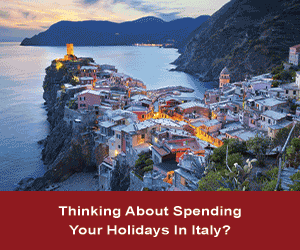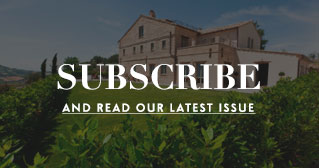
Out of Office
16.07.20Some four or more months in, many workers around the world have fully adjusted—some happily, others less so, to working from home. Temporary couch setups have been replaced by standup desks and ergonomic chairs and proper home offices with the longer term in mind. The bookshelves are Zoom-ready; terms with family members turned office mates have been negotiated.
But while the aesthetics and dynamics of our post-pandemic work life may be satisfactory enough, maybe even somewhat pleasurable—the commute is certainly a time-saver—the end of conventional work life won’t come without some cost.
View from above one of the offices inside the Lloyd's of London headquarters, January 1976.
Nicholas Bloom, a Stanford University economics professor who studies working from home, says that while his research has shown that people are 13% more productive when working from home, creativity suffers. “Home is quieter,” says Bloom. “The problem is, home is not very creative.” That’s because creativity is difficult without collaboration in the same space, says Sally Augustin, a Chicago-area environmental and design psychologist. “In the best modern workplaces, there’s a range of different types of working environments all in the same building—this helps stimulate creativity as well as coworker bonding,” she says. Even if the workplace turns into a place where collaborative work is well orchestrated—where people come in for team meetings or other group events—employees will lose the inspiration that comes from spontaneous interaction.
“One of our key questions since going remote has been, How do we kick off a new idea when we’re not together?” says Lionel Ohayon, founder and CEO of New York City design studio ICRAVE, which has overseen workplace projects around the world. “We’ve done a pretty good job of it, but people want to have interactions that are real, and those are harder to come by with go-to meetings or Zoom calls.” As Esther Sternberg, whose book Healing Spaces was recognized by the AIA as an inspiration for its Design and Health Initiative, notes, “being in the same building with others, randomly bumping into people in the hallway, has led me to several of my most important discoveries.” People working together in the same room also solve problems more quickly than remote collaborators.
Depending on where you live and who you live with, the home office may feel harder to control than the traditional one. That matters, says Augustin, because controlled environments are emotionally healthier ones. For example: It may feel harder to control the conditions of a New York City apartment, or one shared with young children, than those of a farmhouse upstate. People also tend to keep their office workspaces neater than their home ones, if mainly because others will see it; some offices enforce clean desk policies. At home, stacks of books or papers may be shoved aside for the Zoom call, but never really resolved. That’s a problem, says Augustin, because high levels of visual complexity—clutter, in other words—always lead to stress.
Rows of desks and chairs in an empty office surrounding an atrium rock garden, New York City.
But perhaps the biggest issue with the end of the modern-day office is the loss of the sort of connection that forms an office culture, and company identity. “Like when the boss walks into a room and it changes the room,” says neuroscientist Nicole Gravagna, president of change-management firm NeuroEQ. “Good leaders do this in a purposeful way, where they guide everyone’s emotional experience—we need to get more serious; we need a bit of uplifting. It’s much harder to change the way that everybody feels through a digital experience.” And coworkers can’t emotionally experience one another, which can lead to a loss of understanding. “At work, we rely heavily on nonverbal communication, silent signals that you can’t pick up in calls,” says Augustin. “You might not realize that everyone else is having a Zoom call to which you’re not invited. Or that your boss is hunkered down with the door closed and seems pretty stressed. When we can’t see what’s happening in a workplace, we lose an important line of communication.”
Remote employees are also more likely to worry about colleagues saying negative things behind their backs because they can’t see the bigger picture of the system, says Manhattan clinical psychologist Sarah Gundle. “Remote work can engender a certain amount of paranoia,” she says. “Trusting that your boss has your best interest at heart improves employee performance. A culture of safety and belonging in the workplace leads to better performance outcomes. This is very hard to accomplish virtually.”
While Ohayon predicts the happy end of the total fusion of home and work—a time when the office became “your sole answer to everything, the place where you work, exercise, eat, drop your dry cleaning, meet your wife, join your sports leagues,” he says, often to the detriment of work-life balance—the loss of the rituals of the space, whether it’s early mornings in it alone or leaving it to walk to lunch down the street, may leave some feeling something close to grief. “The office is a social place,” he says. “And we tend to like that. That’s all now turned on its ear.” But he’s hopeful that what we’ll lose in having a built-in social network (and free lunch), we’ll gain in forming just-as-important connections elsewhere. “I expect when it comes time to return to ‘work,’” says Ohayon, “many members of my team will say, I want to talk about my ‘life.’”
Abode Affiliates
COPYRIGHT © Abode2 2012-2024





















































































































































































































